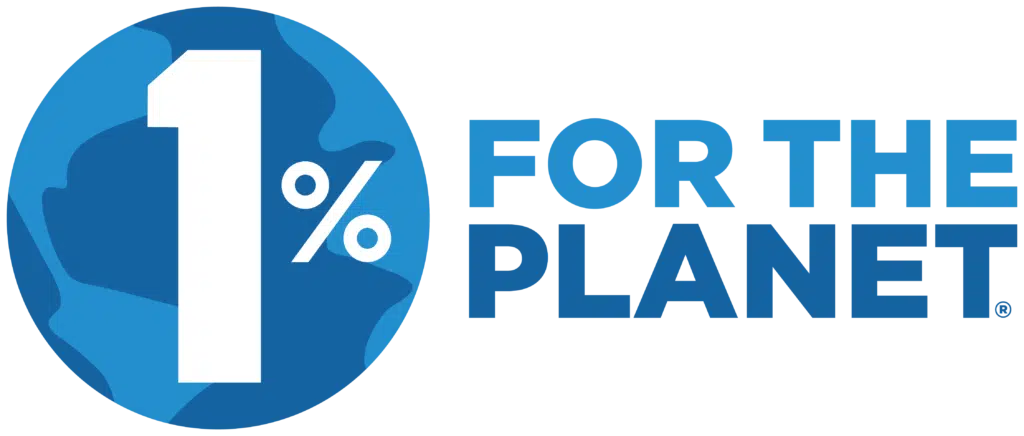Americans produce three times more waste per capita than the global average – each person disposes of 1,704 pounds per year of garbage. What does it have to do with climate? A study published in the Journal of Industrial Ecology points out that 60% of emissions come from the production of goods and services for households. This is directly related to income – the world’s 1% richest are accountable for 15% of total emissions, while the 50% poorer account for only 7% of emissions. This means that the gap from a top-income to a bottom-income person is 107 times the emissions!
Source: Emissions Gap Report 2020, United Nations Environment Programme
This is directly related to economic growth. The more people around the world enter the middle class, the worse carbon emissions get. This happens because after meeting basic needs, emergent consumers acquire more and more increasingly expensive products – generating more GHGs (greenhouse gasses) as their incomes increase. Consumption is essential to economic growth – drives companies profitable and provides employment. Employment increases families’ incomes – and those families increase spending.
To make it even more complex, in its full lifecycle, the average product has an emission of 6.3 times its weight. Oil companies are the biggest responsible for GHG emissions, as one might guess.
Planned obsolescence is directly related to it. Annie Leonard’s “Story of Stuff” tells that only 1% of products are still in use after 6 months from each purchase! Good thing then that, after the pandemic, a Vox survey pointed out that the number one change people said they wanted to maintain is less consumerism.
Conscious consuming is not consensus
Reverting this picture takes effort and there is no consensus about who should take the first step. Kantar Public’s research suggests people think that the most important actions for the environment are such as recycling, stopping deforestation, or building energy-efficient facilities. 60% of the respondents also pointed out that they can’t afford to make behavioral changes and 39% say that changing personal habits would not make any significant impact. Also, almost 70% say they need resources and equipment from authorities to fight climate change. But since most of the emissions come from household products, it is safe to say that conscious consumption can change the game, but it is really hard practically to change personal habits.
What can you do about it?
Change to reclaimed items. A soft and gradual change to reclaimed products is a way to go – and people are already engaging with it. In her book “Fixation”, Sandra Goldmark adapts to stuff Michael Pollan’s famous words about food: “Have good stuff (not too much), mostly reclaimed. Care for it. Pass it on.”
Buy from conscious brands. Shopify has released a survey on 2022 Black Friday and Cyber Monday. Results showed that shoppers are willing to pay a 40% premium for eco-conscious products. More than 60% of shoppers would recommend a product just because they think it isn’t harmful to the planet, and are actively researching to find those brands. Dyper, Lazarus Naturals, and Thrive Market are examples of brands that have a B-Corp certificate – meaning they have a proven positive impact on the planet.
Reduce packaging. Opt for reusable packaging, look for items with less packaging or recyclable ones, and avoid straws and plastic bags. Buy a bottle to stop drinking from plastic disposable ones. If you can, actually do recycling, grow your food/sauces and cook at home.
Shop locally. Shopping from locals will reduce your emissions with transportation, and have the side effect of increasing the income of your local community – because now, your spending will be a neighbor store’s income. Another side effect is a healthier lifestyle if bike or walking is your transportation of choice.
Opt for “slow fashion”. Sustainable fashion, or “slow fashion” contemplates environmental practices in the design, production, and consumption of clothing. Those practices should cause little to no damage to the planet. More than shopping for sustainable brands, it is taking into account your closet before shopping. But if you choose to go shopping, the key is transparency in supply chain practices. To make your life easier, some certifications may help – GOTS, GRS, LEED, Bluesign, B-Corp, and 1% for the Planet. Examples of slow fashion brands include Fair Harbor, HoneyLove, and TOMS – all of which are certified.
Power up your climate impact with Dyme Dividends
Even if you did all the above, what about all the other purchases you may make? There is a way of shopping while directing a part of your spending to reduce carbon emissions from the atmosphere. Download the Dyme Dividends Chrome extension, link your credit card, and every purchase at stores such as Walmart, Accessorize, and Marc Jacobs will generate Dyme Dividends. Those Dyme Dividends will be used to invest in solar systems for local schools and communities in the US, reducing our carbon footprint year after year. Dyme is your key to sustainable shopping, environmentally friendly gifts, contributing to carbon footprint reduction, and investing in alternative energy sources.





